Jayland Walker: What the state investigation of fatal Akron police shooting may reveal
- Oops!Something went wrong.Please try again later.
The Akron community may finally get a deeper understanding of what happened the night police killed Jayland Walker nine months ago.
A state prosecutor this month will present the case to a grand jury made up of Summit County residents who will decide whether to indict any of the eight Akron police officers who shot Walker 46 times.
Police involved in fatal shootings rarely face criminal charges in the U.S. And if the grand jury declines to charge any Akron police officers – determining reasonable officers would have taken the same action facing the same situation – Ohio Attorney General Dave Yost said he will immediately release a massive trove of information state investigators have gathered since the wee morning hours of June 27 when Walker died.
'Solemn duty:' Ahead of Jayland Walker case, what we know about the grand jury process
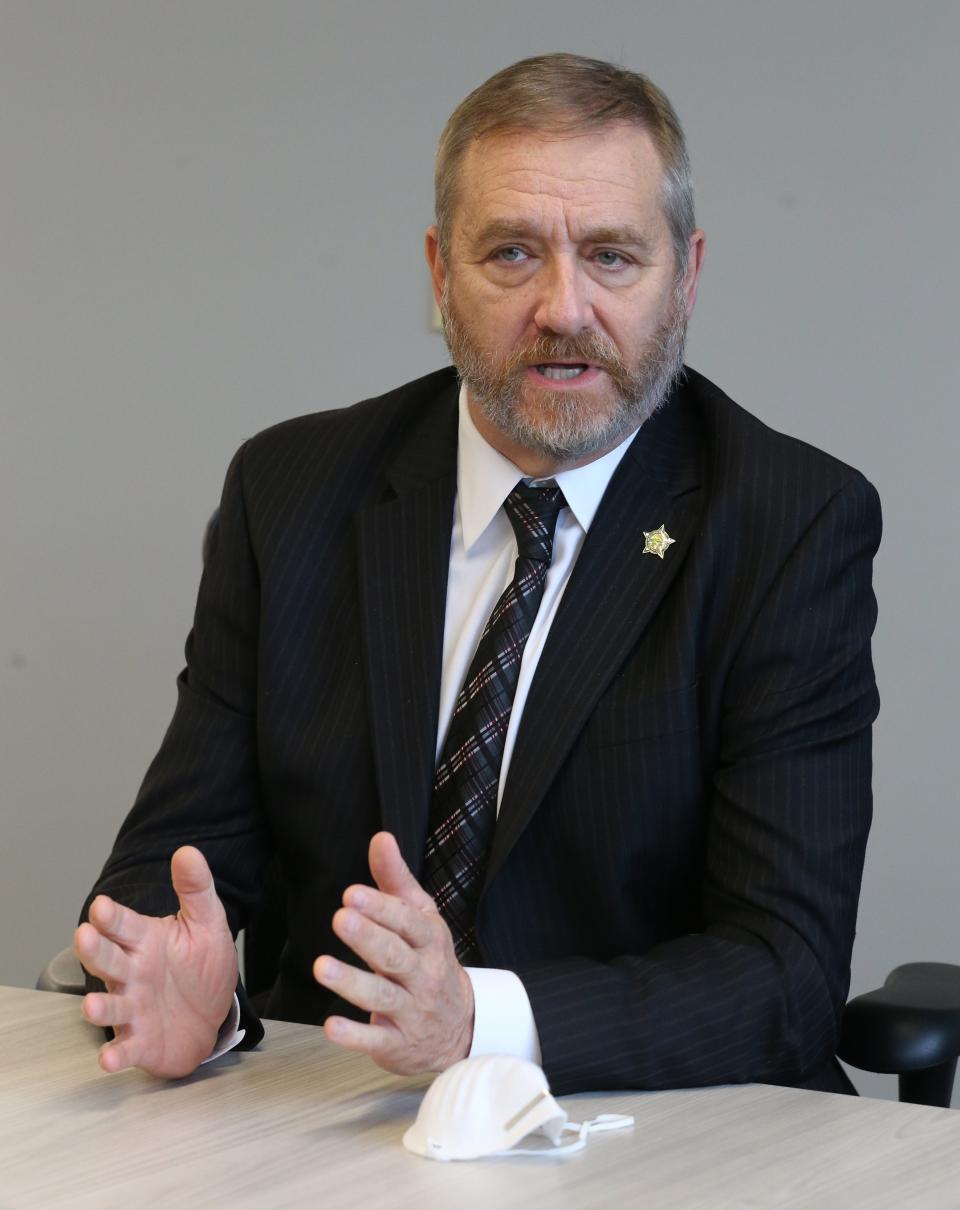
The investigative file will likely include hundreds of photos, dozens of video and audio recordings – many never before seen or heard by the public – and thousands of documents, including interviews with police, mobile phone records, social media posts, search warrants and more.
All of it will be posted on the attorney general’s website for anyone to see.
Jayland Walker: What we still don't know in the Akron police killing
Yost made an extraordinary shift toward transparency in October 2021, in the aftermath of nationwide protests following the death of George Floyd at the hands of Minneapolis police.
“Obviously, there was a great deal of unrest and mistrust in some of our communities around Ohio with whether these kinds of cases were being fairly investigated, fairly presented to the grand jury…whether every stone was turned over,” Yost said during a recent interview.
Editor column: Why local journalists matter for covering the Jayland Walker case from beginning to end
Under Ohio law, almost all of the material gathered during a State Bureau of Criminal Investigation (BCI) probe into fatal police shootings is public record once cases are closed – either after a grand jury declines to indict, or, if there are charges, after those cases work their way through the court system.
Yost took the extra step of posting all those records online – giving everyone, not just lawyers and journalists, easy access to the information for the first time.
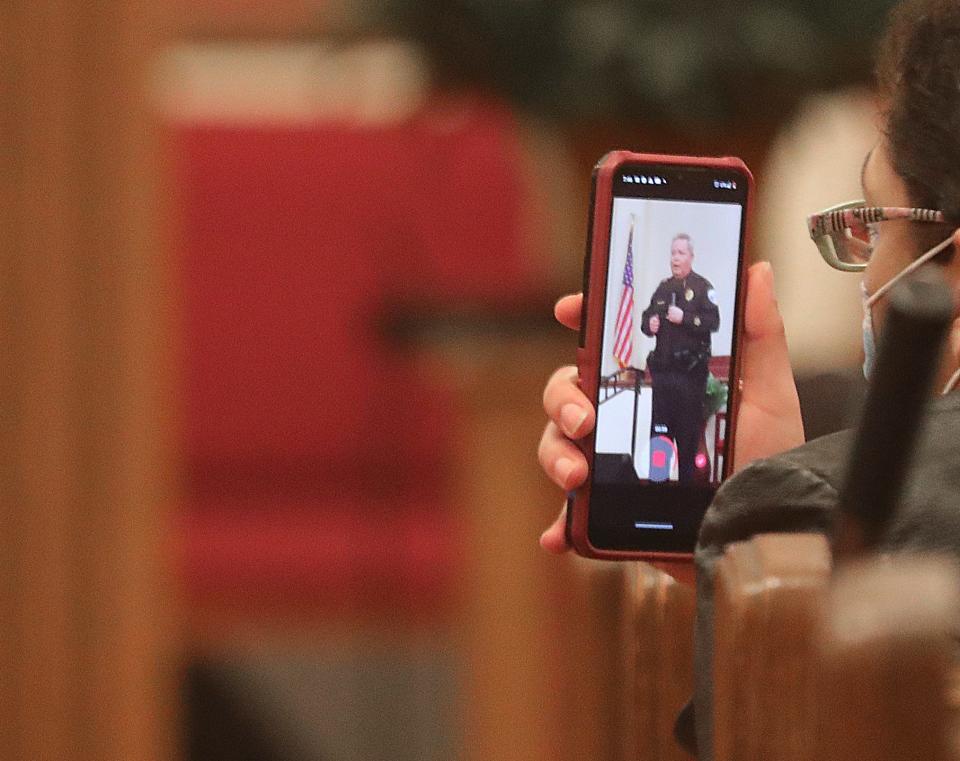
Akron police had never turned over a police shooting case involving an Akron officer to BCI before Jayland Walker.
Until then, Akron police investigated themselves, sometimes with BCI assisting.
Akron Police Chief Stephen Mylett, who was sworn in about 10 months before Walker’s death, changed that, drawing the ire of the Akron police union, which said BCI was taking work away from its members.
Since July 2021, Yost’s office has uploaded the investigative files of 33 fatal police shootings across the state. The investigative documents racked up almost 18,000 page views by April 2023. People also spent about 338 hours watching videos connected to the cases the attorney general released on YouTube, a Yost spokesman said.
Yost declined to provide any specifics about what is or isn’t in the Walker investigative file until it becomes a public record. But he did say “this will answer all the questions for which answers are available.”
The 33 investigative files Yost has already posted online provide a roadmap to some of what Akron may expect to learn about Walker, the officers who shot him and how BCI investigated police.
What’s the first document I should read when the Jayland Walker investigation is released?
For a bird’s-eye view of how the case unfolded and what investigators found, click on a link called the “prosecutor summary.”
Each of the 33 cases the attorney general has posted online so far includes one.
They’re sometimes more than 100 pages and include only details that investigators determined to be most useful.
The summary begins by naming the specific BCI agents involved in the case and describing what each contributed. Often, there’s a dozen or more BCI agents, including lead investigators, crime scene processors, intelligence unit investigators and forensic video analysts. Next, the prosecutor summary lists everything BCI did as its investigation unfolded. It includes interviews with officers (who did and who did not fire their weapons), interviews with family and friends of the person killed, photos of the shooting scene in the immediate aftermath, a list of evidence collected (things like shell cartridge cases, phones, clothing and guns) and a variety of diagrams and photos.
The summary also contains autopsy information (images are blacked out), screen grabs of relevant social media posts and references to relevant video taken by the person shot or his or her family or friends.
In a prosecutor summary for a case in Canton, for example, the summary includes blacked-out images taken from the phone of the wife of James Williams. Canton officer Robert Huber shot and killed Williams just after midnight New Year’s eve in 2022 as Williams fired a rifle into the air in his backyard.
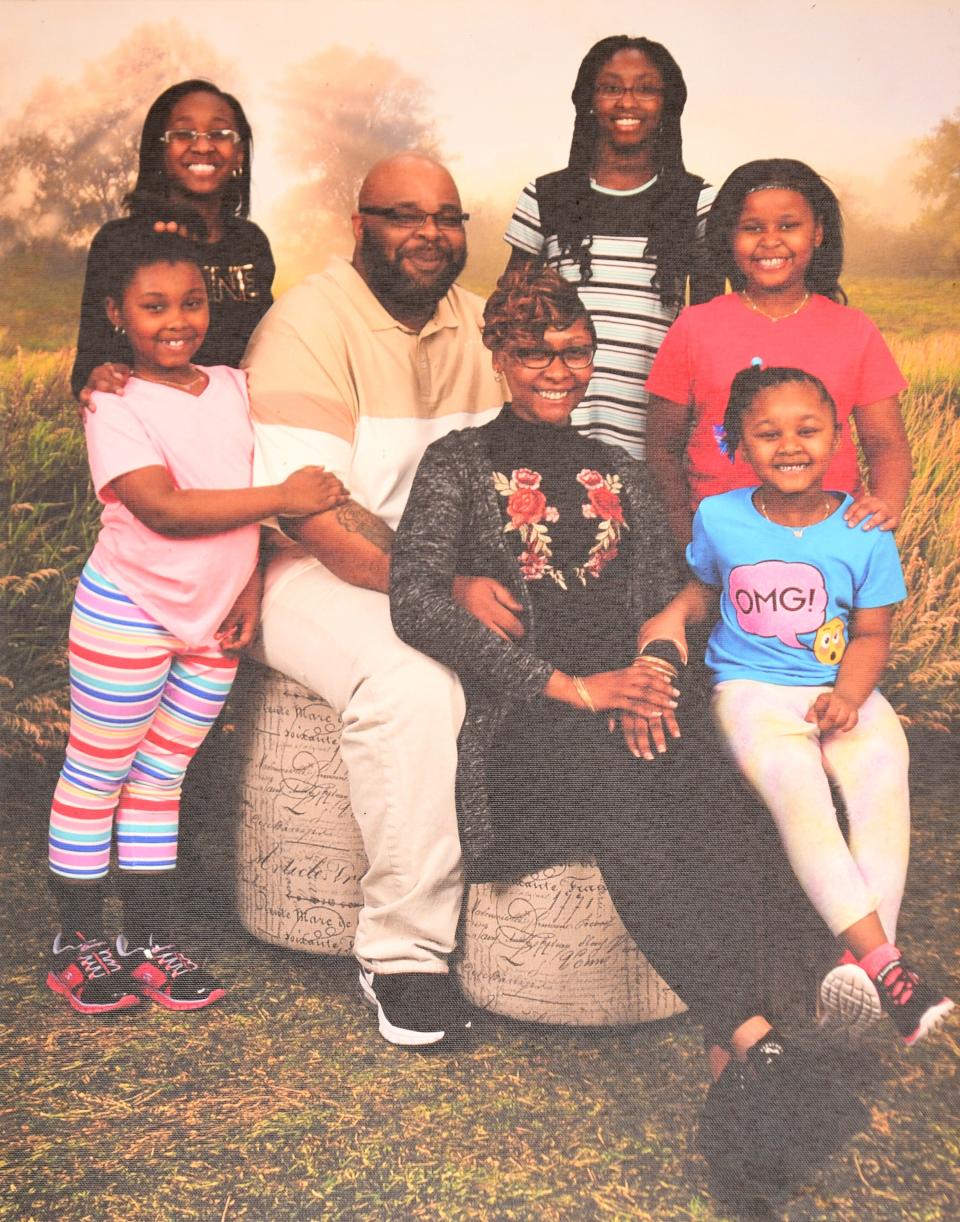
In that case, the prosecutor summary included a moment-by-moment timeline of video analysis.
Still shots of Huber’s body camera show muzzle flashes behind a fence, for example, and another showing the moment the officer fired his first shot, with the report pointing out a “light, opaque cloud” from Huber’s pistol barrel.
Will the report say whether the officers who shot Jayland Walker broke the law or violated department policies?
The prosecutor summary does not weigh in on whether a shooting was justified or whether it violated department policy.
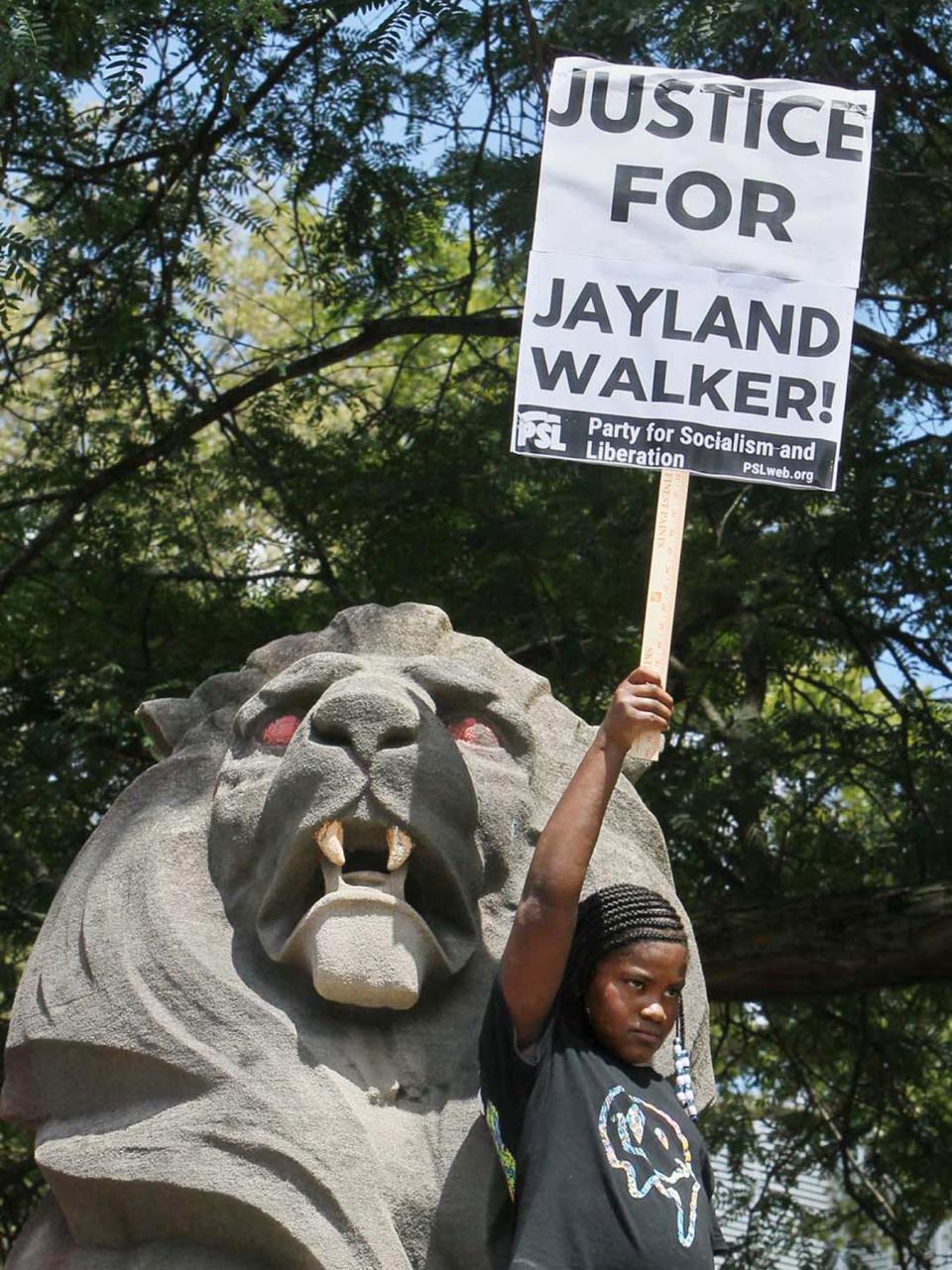
A prosecutor – in Walker’s case, a prosecutor from the Ohio Attorney General’s office – presents evidence from the file to a grand jury, which decides whether officers will face criminal charges.
It will be up to the Akron Police Department to determine whether an officer violated departmental policy in the Walker case and what, if any, discipline officers may face.
An internal police investigation is ongoing, though all eight officers who fired shots at Walker returned to office work last year.
Will the officers who shot Jayland Walker be identified in the investigative file?
No.
Some BCI investigative files contain officer names, others don’t.
A spokesman for Yost said the attorney general’s office only publicly names officers who have already been identified by their own departments.
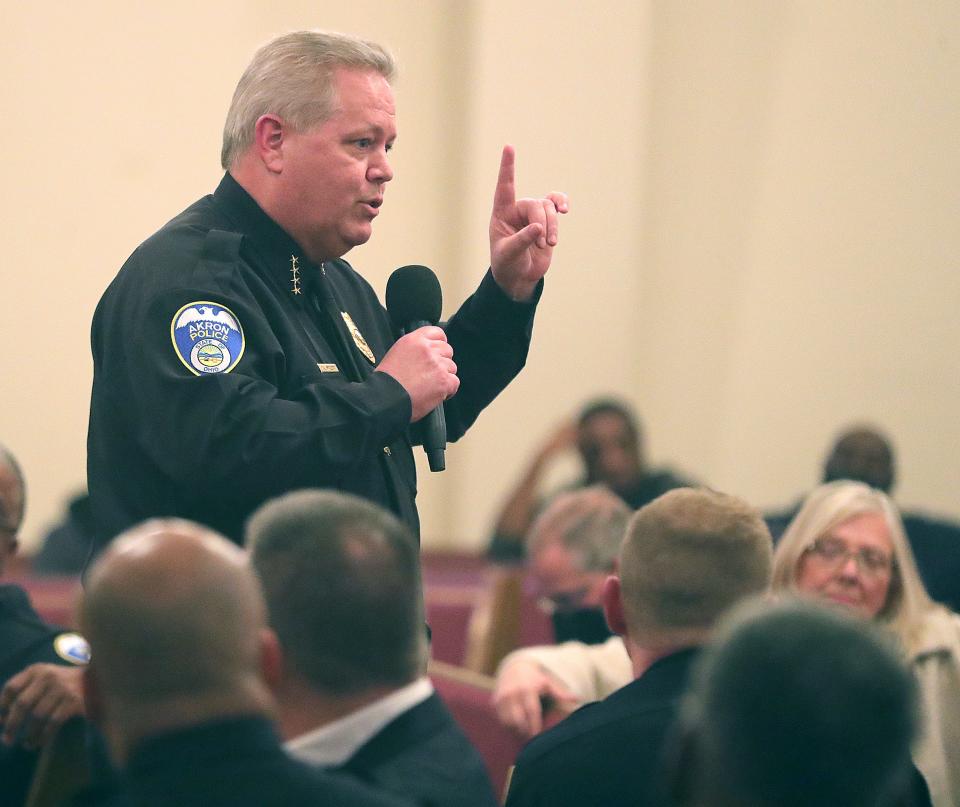
Columbus police, for example, have a policy to release the names of officers involved in fatal shootings within 24-36 hours, so those officers are named in BCI reports.
Akron police have no such policy for releasing names and have withheld the names of the officers involved in Jayland Walker’s death.
Mylett also permitted all officers to hide their names on their badges after threats following Walker’s death.
Will the report reveal how many shots Akron police fired at Jayland Walker?
The BCI investigation should reveal the total number of shots police fired at Walker, as well as which officers – with their names redacted – fired which shots.
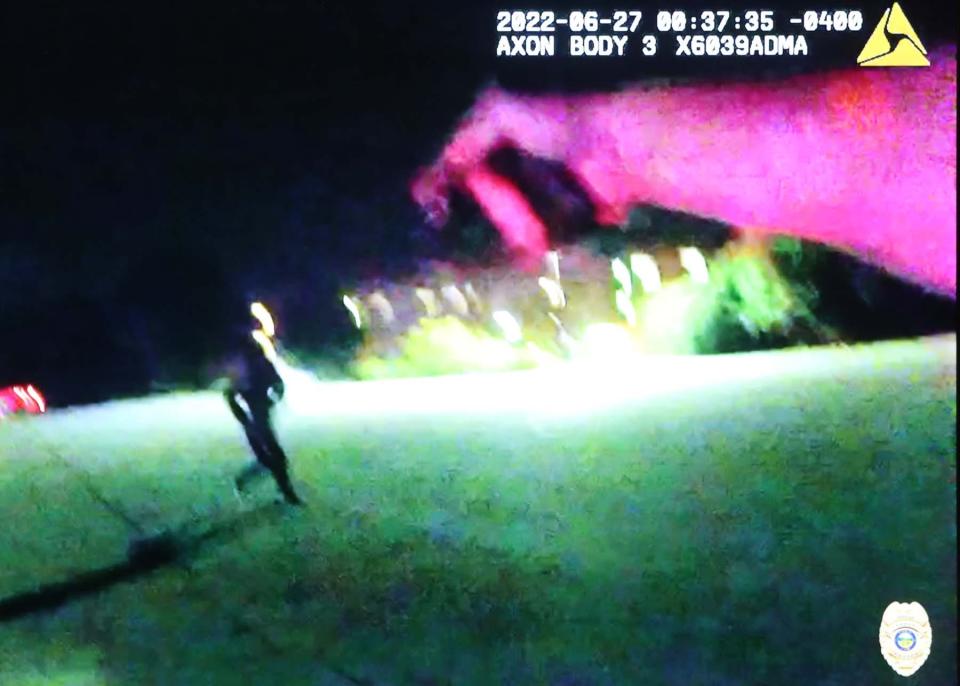
Akron police body camera video already released shows that some of the eight officers who fired at Jayland Walker emptied their clips, while others appeared to stop shooting after only a few shots.
The report will likely include interviews with all of the officers – and many other Akron officers who did not shoot that night – talking about their roles in the chase and why they shot Walker.
A medical examiner's report revealed there were 46 bullet wounds on Walker’s body.
Will the report explain why Akron police pulled over Jayland Walker?
Yes.
The investigation, particularly the interview with the Akron officers who initiated the traffic stop, should explain why police tried to stop Jayland Walker’s silver Buick on Tallmadge Avenue in North Hill about 12:30 a.m. June 27.
Police said early on it was for an “equipment and traffic violation.” But police have never released details.
New Franklin police tried to stop the same vehicle the night before for a burnt-out license plate light and broken taillight, but it didn’t stop.
The report may also explain what Jayland Walker, who worked as a DoorDash driver, was doing in North Hill when police tried to stop the car.
Will we find out why so many Akron officers fired so many bullets at Jayland Walker?
The investigative file will likely include interviews with all the officers who fired guns at Walker, along with those who did the initial traffic stop and others who had a role in the chase or the aftermath.
Though much of the BCI investigative files are technical – with diagrams of the shooting scene, data from mobile phones, and clues from evidence gathered at the scene – the files often include emotional interviews with officers who recall their thoughts, moment-by-moment, on the day of the shooting, or other police incidents.
This BCI investigation could lay out what police were doing in Akron’s North Hill neighborhood the night when police stopped Walker there and what was happening with police across the city before they converged on Walker in Firestone Park.
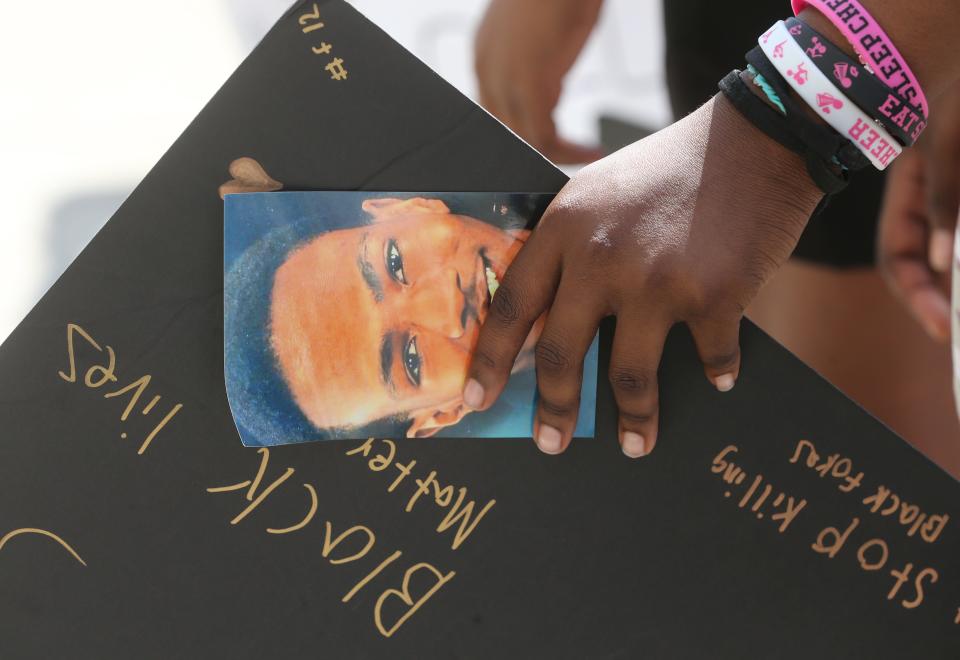
It will likely also include each officer’s explanation for firing a weapon.
The BCI file for the Canton New Year’s 2022 shooting of James Williams provides an example.
Williams, the BCI investigation showed, was celebrating the New Year by firing a rifle into the air from his yard.
Officer Huber, however, told investigators he didn’t know that when he pulled up to Williams’ house to investigate a rapid series of gunshots.
During a pause in gunfire, Huber called for backup. But when gunfire erupted again, Huber told BCI investigators he ran alone toward it and unexpectedly found himself about 4 feet from Williams, who was mostly hidden behind a privacy fence.
Huber said he could see the top of a man’s head, along with part of a rifle barrel and a muzzle flash.
“Oh my gosh, This is really, really bad,” the officer recalled thinking. “Is he shooting at somebody? Is he shooting in the air? What is he shooting at?”
The gunfire was so loud, Huber recalled, that he couldn’t scream over the sound and never announced that he was police nor that Williams should drop his weapon.
In moments, Huber said he saw the rifle barrel moving in his direction and thought: “Ok, this thing is going to rip right through my body armor. It’s going to rip through the fence. It’s going to rip through me. There’s nothing that I’m wearing that is going to stop any of these bullets.”
Huber said he remembered aiming his gun at the fence where he thought Williams’ body would be.
The investigation showed he fired eight shots.
Williams, 46, soon died, probably without knowing a police officer was even at his house, where his wife and children were inside.
A grand jury declined to indict Huber. Canton police also cleared him of violating department policies.
Will the investigation reveal why Jayland Walker ran from police during a traffic stop?
Jayland Walker, of course, can't tell them. But BCI investigators often interview family and friends of the people shot and killed by police as part of their investigations.
Walker’s mother and sister have largely avoided the media, so there has been little insight into Walker’s views of police or his possible mindset at the time, though it’s been widely reported he was devastated by the death of his fiancee a month before his own death.
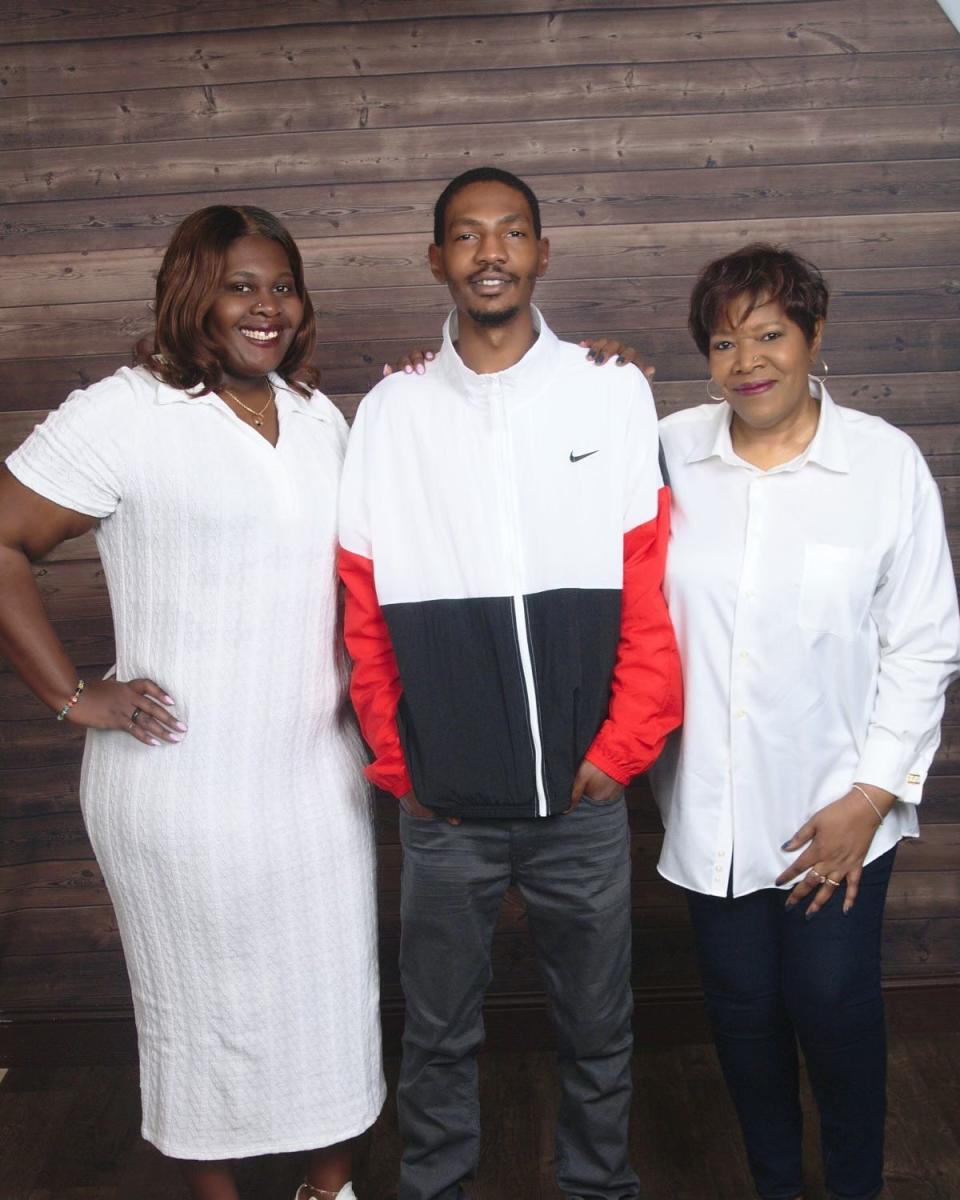
Walker’s fiancee was killed in a traffic accident while traveling with family near Cincinnati.
Family and friends may also be able to answer other questions, like whether there was any significance to a ring Walker left atop an unloaded handgun on the seat of his car. Many have speculated it was Walker’s engagement ring, but it’s never been clear.
Investigators also will likely scour Walker’s phone and social media for other clues.
In the Canton case of Williams, for example, BCI learned that Williams posted pictures of weapons he planned to fire on New Year’s eve on his social media.
Williams was also on a video call with a friend in Indianapolis, showing off his celebratory gunfire in Canton when police shot and killed him.
It’s possible Walker, too, could have been communicating with others during the attempted traffic stop and cross-town chase.
Will we find out where Jayland Walker got a gun and whether he fired it during the police chase?
BCI reports often list whether guns involved in an incident were stolen, but provide little other information about the weapons.
Investigators run traces of the weapons through the federal Bureau of Alcohol, Tobacco, Firearms and Explosives (ATF).
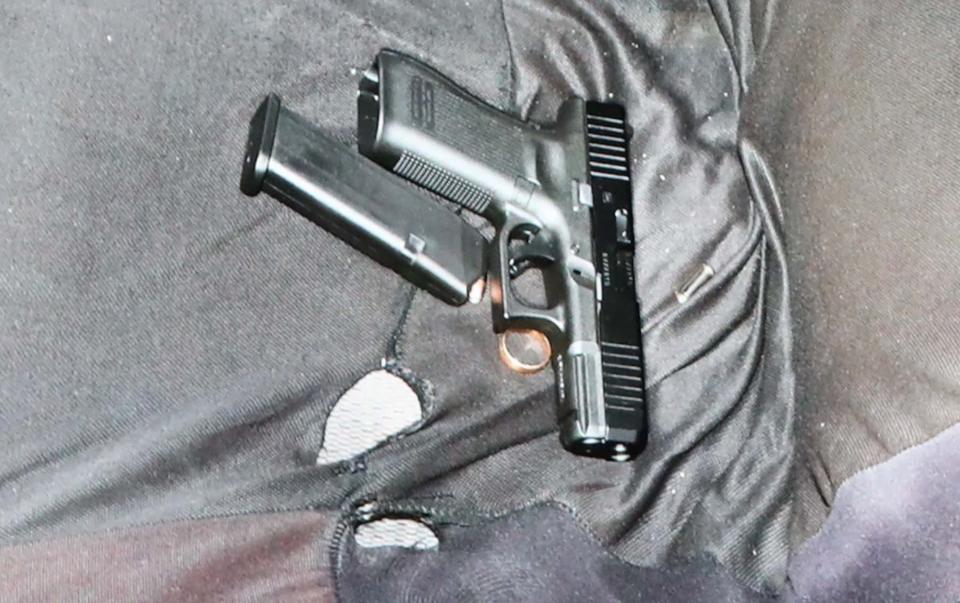
Those traces meticulously track a gun from its manufacturer, through a distribution chain and reveal who owned, who sold, and what crimes are possibly connected to a weapon.
But BCI redacts the ATF trace from its public reports, citing federal law. It also redacts law enforcement firearm serial numbers, Social Security numbers, medical records and other information shielded by state or federal law.
The investigation into the Jayland Walker shooting, however, may answer whether Walker fired a shot from his vehicle as he drove on a ramp leading to state Route 8, as police have said.
After Walker’s death, Akron police returned to the ramp and recovered a shell casing consistent with the handgun found in Walker’s car, Mylett said in the days after the shooting.
A BCI analysis of the casing and the handgun should say whether the gun and casing match.
Technical analysis of photographs, video and sound captured during the chase may also show whether a flash seen in police video was a gunshot from Walker’s car.
One mystery that may not be solved is why Walker – who had no criminal record – slipped a ski mask over his face before abandoning his car and running from a gaggle of officers chasing after him in the dark of a summer night.
This article originally appeared on Akron Beacon Journal: What to expect from state investigation of Jayland Walker shooting

